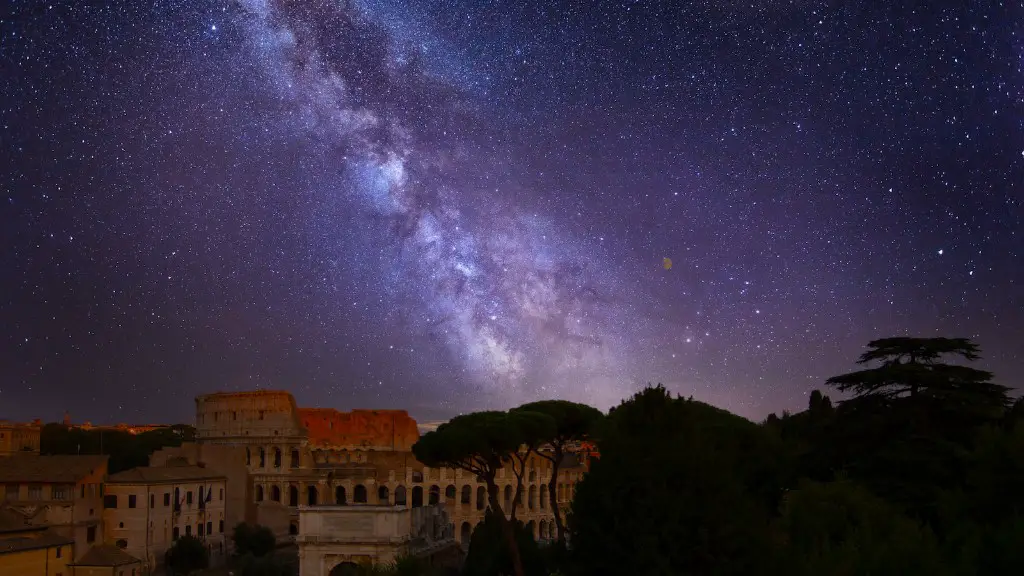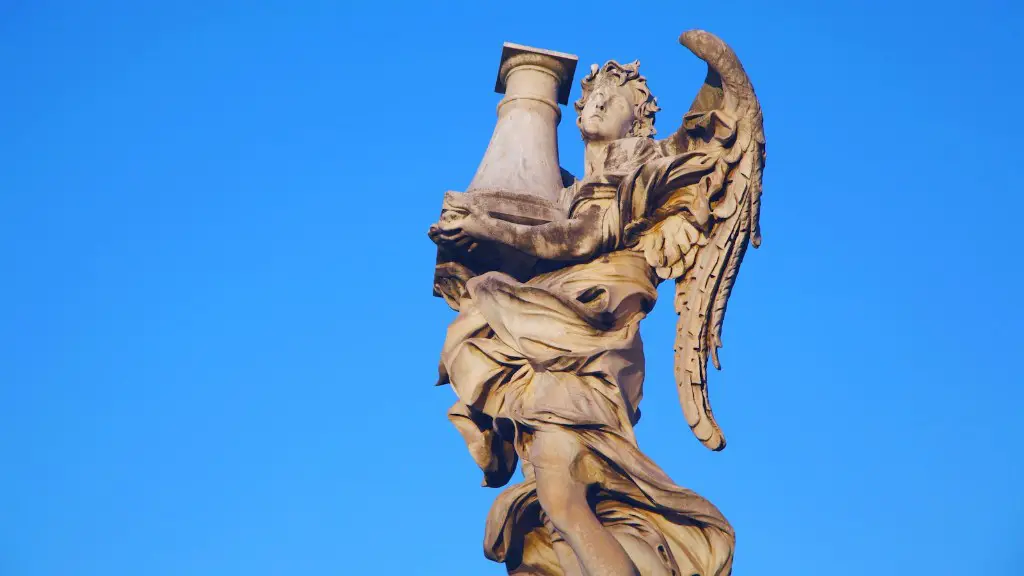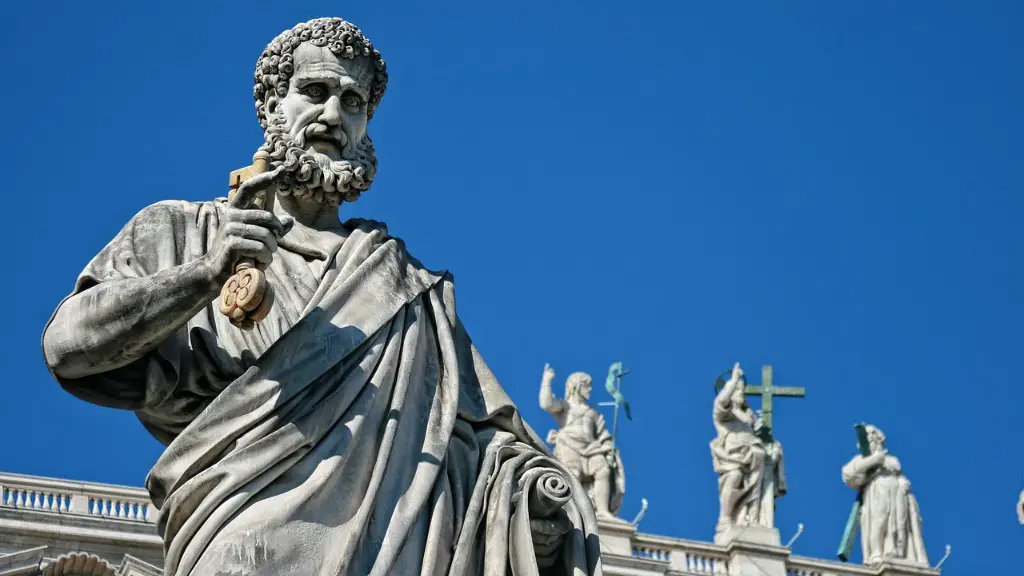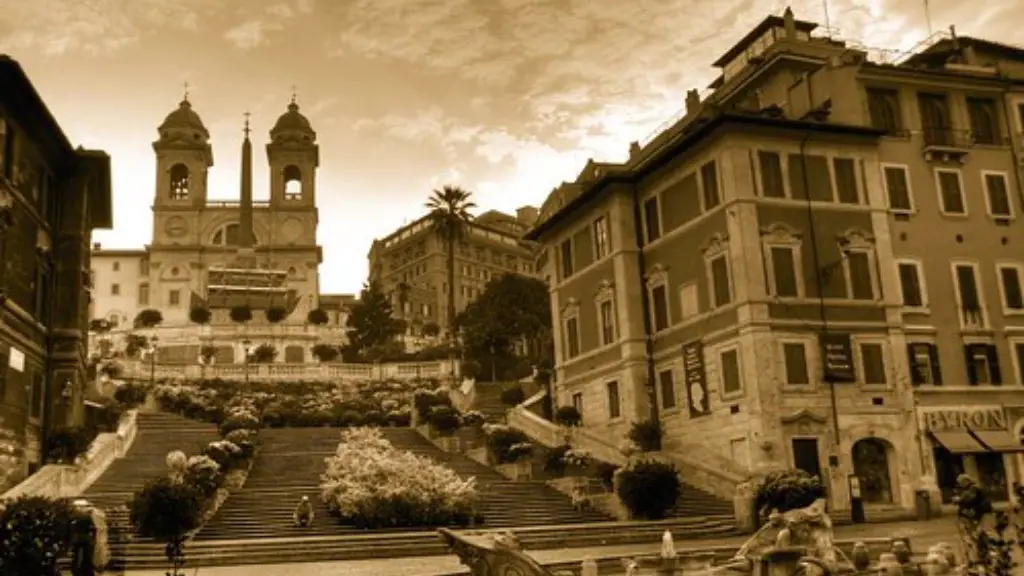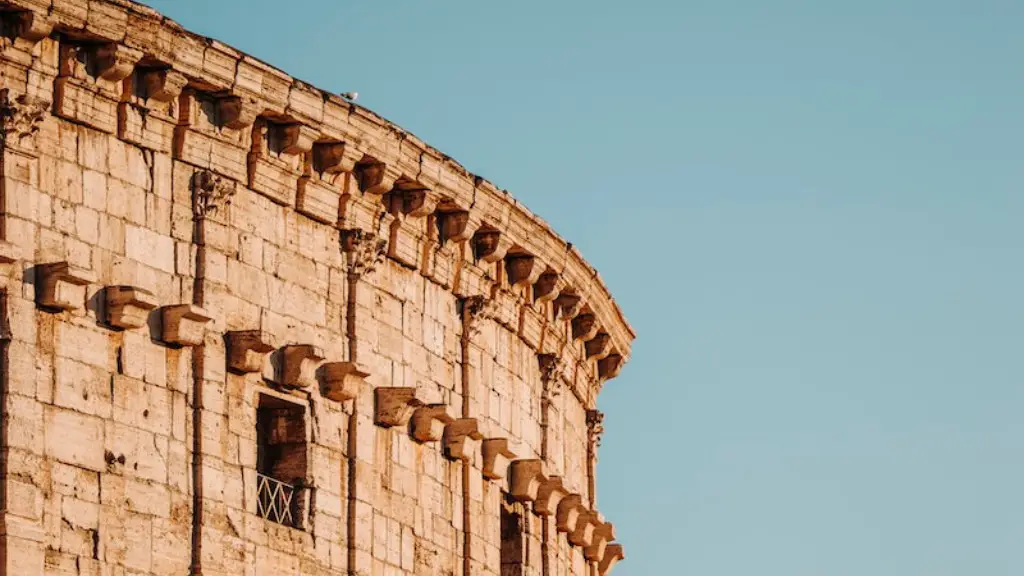Ancient Rome was the ultimate example of an empire that had grown so large, it was almost impossible to manage. Therefore, two different types of governance were required to maintain order. Our understanding of the two types of government – the Roman Republic and the Roman Empire – can be traced back to the period of the Late Republic and the Early Empire, though our limited sources mean firm dates for the shift from Republic to Empire are hard to come by.
Roman Republic
The main highlight of the Roman Republic was its political system. In it, rule was divided between two bodies: the Senate, which was comprised of aristocrats known as “Patricians”, and a popular assembly, which was comprised of all citizens. Through their combined efforts, the Roman Republic produced one of the greatest political systems of all time, which served as a model for later republics, such as the United States. The Roman Republic also served as a lighthouse of liberty and freedom, especially in comparison to contemporary monarchies.
The Roman Republic enjoyed unprecedented military dominance during its heyday. Its professional army allowed Roman generals to venture far from the city walls and expand their rule over vast portions of Europe and North Africa. In its most powerful form, the Republic included all of the Italy peninsula except for Venice, much of Iberia, much of France and Germany, a large part of the Balkans, Greece, and the coastal regions of North Africa, along with the provinces of Syria, Judaea, and the Near East.
For all its achievements, the Republic was plagued with internal strife and economic instability. As the power of the Senate began to wane, wealthy elites fought each other and their rivals to increase their holdings, while commoners found it difficult to make ends meet. This political struggle ultimately culminated in a civil war, which led to the collapse of the Republic and the rise of the Roman Empire.
Roman Empire
The Roman Empire was established in 27 BC by Octavian, the adopted son of Julius Caesar. The power of the Senate was finally dissolved, and the Empire now consisted of a single ruler, the Emperor, who had complete control over the state’s government. In contrast to the Roman Republic, where power was divided between the Senate and Popular Assembly, the Emperor had absolute authority over all aspects of the state.
The Roman Empire was able to bring peace and stability to the vast areas under its control by imposing a uniform system of government and laws throughout the Empire. For example, in 212 AD Emperor Caracalla extended citizenship to all free residents of the Empire, regardless of their origins. This uniform system enabled governments to properly tax and regulate citizens, while also providing protection from external aggression.
The Roman Emperors were also able to introduce improved infrastructure throughout the Empire, such as roads and public buildings, as well as laws that ensured fair treatment of citizens. These changes ushered in a period of great prosperity throughout the Empire.
The Roman Empire also employed a form of indirect democracy, in which the Senate, though weakened compared to the Republic, still acted as a sounding board for the Emperor. The emperor could receive advice from the Senate, while still having the final say in any decision.
Decline of the Roman Empire
As time wore on, the Roman Empire gradually declined in its strength and influence, for a variety of different reasons. Some have argued that increasing taxation, poor military strategies, and overextended borders all contributed to the eventual fall of the Empire. In addition, the ever-increasing hostilities between the Roman Empire and the German Barbarians ultimately proved to be too much for the Empire to handle.
Ultimately, the Roman Empire was unable to survive the constant threats from external forces and the internal fissures that had plagued its government for centuries. The inability of the Empire to control its population and lands proved to be its undoing, and in 476 AD, the Roman Empire finally came to an end.
Legacy of the Roman Empire
Despite its ultimate demise, the Roman Empire is remembered as one of the most influential empires in all of human history. Its political and legal systems, which were adopted by later states, are still felt in many parts of the world today. Its military prowess allowed it to dominate large parts of Europe and North Africa, and many of its engineering feats, such as the aqueducts, remain to this day.
The Roman Empire also left its mark on laissez-faire economics and natural law theory. Its impact on Western culture is also immense, with its gods, monuments, and language having an enduring effect. In all, the Roman Empire is remembered as one of the most powerful and influential empires of all time.
Architecture of the Roman Empire
The Architecture of the Roman Empire was innovative in its form and structure. The Colosseum is a classic example of the majestic achievements of the Empire. Buildings such as the Pantheon and the Basilica, both in Rome, are also a testament to the grandeur of Roman architecture. The sophistication of Roman architecture was extended to other cities, most notably those in North Africa, Iberia and the Near East.
The Roman Empire was skilled at creating and utilizing advances in engineering and building construction. Materials such as concrete and different types of marble were widely used, with the latter aided by advanced techniques imported from Greece. This enabled Roman architects to construct roads, bridges, aqueducts, amphitheaters, and elaborate public baths.
The Roman Empire is also renowned for its use of arches and domes in public architecture. This combination of arches and domes, along with other Roman designs, still dominate the shapes of many public buildings and structures today.
Economy of the Roman Empire
The Economy of the Roman Empire was a complex one. The biggest and most profitable part of the economy was in Romes financial centre and the trading of goods with other parts of the empire. Trade and manufacturing were complemented by a well developed and complex agrarian system which was overseen by powerful landowners, though the peasants who worked the land struggled to earn basic subsistence.
The empire imposed a variety of taxes and tariffs to fund its vast territorial expansion. This included a sales and export tax, as well as taxes on land usage, agricultural production, and taxation of slaves. Slaves, who comprised a large portion of the Roman workforce, were responsible for providing the physical labor needed to run the agrarian system.
The Roman Empire was also known for its systematic and well regulated currency system, which was based on the Roman Denarius. The Denarius was used to represent a set value for all other forms of currency, providing an efficient means for exchanging and trading goods throughout the Empire.
Culture of the Roman Empire
The Culture of the Roman Empire left a legacy that is still felt today. The Latin language, which has since been adopted by the Romance languages, was popularized by the Roman Empire. Furthermore, the Latin alphabet, which has since been adopted by most languages, was also popularized by the Romans.
Rome’s culture was heavily influenced by the Greek civilization, with philosophy, literature, and art being profoundly shaped by the ideas and practices of the Ancient Greeks. Roman literature was also heavily influenced by the traditions of Greek poetry and tragedy. In addition, Roman art showcased the grandeur and sophistication of the Roman Empire.
The legacy of the Roman Empire is also visible in many fields, such as lawmaking and engineering. Roman law was adopted in many European countries and is still used in some parts of the world today. Moreover, Roman engineering projects, such as their famous aqueducts, remain visible in many cities around the world.
Religion of the Roman Empire
The religion of the Roman Empire was dominated by polytheistic religions, such as the one followed by the ancient Greeks and Romans. This tradition was further developed by the Roman Empire, which created temples for the different deities and organized rituals in their honor. The religious practices of the Roman Empire eventually blended with those of other cultures, such as those of the Egyptians, the Jews, and the Christian faith.
The arrival of the Christian faith during the late Roman Empire drastically changed religious practices, eventually leading to Christianity becoming the official religion of the Roman Empire in 380 AD. This move began a shift away from traditional forms of worship, leading to changes in political and social practices which ultimately became instrumental in the spread of Christianity across Europe.
Conclusion of the Roman Empire
In conclusion, the Roman Empire was an incredibly influential empire that left an indelible mark on world history. Its two different types of government – the Roman Republic and the Roman Empire – shaped the political and legal systems of the civilized world. Its achievements in military and infrastructure, as well as its well-organized currency system, are still visible to this day. The Empire’s legacy is also still felt in fields such as literature, art, and law, while its religion and culture inspired many of the beliefs and values of our modern world.
